
What is Ingress Protection Testing?
In the world of modern technology products, we often hear the term IP67, which holds significant importance in many fields. Today, let’s take a closer look at the meaning of the IP67 protection rating, its testing methods, and its role in practical applications.
The IP rating, also known as the enclosure protection rating, assesses whether a product's enclosure can prevent foreign objects, dust, and water from entering. This can impact the product's performance or pose risks to human safety. It also serves as a means of testing product safety. IP ratings are commonly seen in product manuals, and they have gradually become a major testing focus for product manufacturers.

Meaning of the IP67 Protection Rating
IP stands for Ingress Protection, indicating the level of protection. The two digits following "IP" each represent different protective capabilities.
Solid Particle Protection
The first digit, 6, represents the protection level against solid foreign objects. The number 6 indicates complete prevention of external objects and dust from entering. This means that the relevant equipment, when fully sealed, can effectively block dust and other small solid particles from entering, thus protecting the internal precision components from damage. For example, the casing and buttons of a smartwatch have excellent sealing properties, achieving this level of protection.
Liquid Ingress Protection
The second digit, 7, represents the protection level against liquid ingress. The number 7 indicates that the device can prevent water ingress and avoid harmful effects when submerged in 1 meter of water for a short period (usually 30 minutes). This enables smartwatches to function normally in everyday scenarios like hand washing or rain, without damage from brief water exposure.
Standards for IP Protection Level Testing
Dust Protection Criteria
- IP1X: Prevents solid foreign objects with a diameter of 50mm or larger from entering; a 50mm diameter object cannot fully enter the enclosure.
- IP2X: Prevents solid foreign objects with a diameter of 12.5mm or larger from entering; a 12.5mm diameter object cannot fully enter the enclosure.
- IP3X: Prevents solid foreign objects with a diameter of 2.5mm or larger from entering; a 2.5mm diameter object cannot fully enter the enclosure.
- IP4X: Prevents solid foreign objects with a diameter of 1.0mm or larger from entering; a 1.0mm diameter object cannot fully enter the enclosure.
- IP5X: Dust protection; the amount of dust entering cannot affect the operation and safety of the device.
- IP6X: Requires a dust-tight seal, with no dust entering the enclosure.
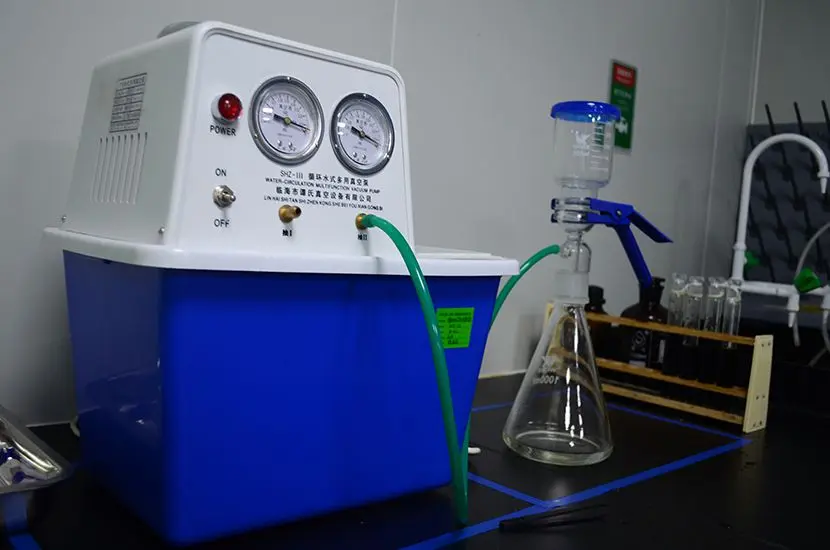
Water Protection Criteria
- IPX1: Protection against vertically dripping water; vertical dripping does not affect the product.
- IPX2: Protection against water dripping vertically when the enclosure is tilted at a 15° angle; vertical dripping does not affect the product.
- IPX3: Protection against water spraying at a vertical direction ±60°; water spray in this range does not affect the product.
- IPX4: Protection against water spraying at a vertical direction ±180°; water spray in this range does not affect the product.
- IPX5: Protection against water jets; water spray from any direction does not affect the product.
- IPX6: Protection against powerful water jets; powerful water spray from any direction does not affect the product (higher flow rate).
- IPX7: Protection against temporary immersion; product immersion in water for 30 minutes does not affect the product.
- IPX8: Deeper immersion depth or longer immersion duration than IPX7.
Testing Methods for IP67 Protection Rating
To ensure a product meets the IP67 protection rating, a series of rigorous tests are required, mainly involving dust and water tests.
Dust Test
The product is placed in a dust-filled environment to observe if any dust enters. During the test, various potential usage scenarios are simulated to ensure that the product can effectively prevent dust entry in various orientations.
Water Test
The product is submerged in water to a specific depth, simulating brief water immersion. During this process, the product is observed for any leaks or seepage, and its functionality is checked post-immersion to ensure normal operation.
These tests evaluate the product's resistance to dust and water, determining whether it meets the IP67 protection standard. However, it's important to note that IP67 is not an absolute standard for waterproofing or dustproofing. Factors such as prolonged immersion, extreme water pressure, temperature changes, and wear and tear can still impact the device's durability.
Significance of the IP67 Protection Rating
For Smartwatches
- Environmental Adaptability: The IP67 protection rating means that smartwatches have good adaptability in everyday use, both indoors and outdoors, and in dry or humid environments, providing stable performance for users.
- Extended Applications: It also enables extended applications for smartwatches. For example, users may need to wear their smartwatch in sports or fitness scenarios involving swimming or showering. In such cases, the IP67 rating ensures the device can function in these water-based environments, meeting user demands. However, despite offering some water resistance, users should follow the product's water resistance guidelines to prevent unnecessary damage.
For Other Fields
In many applications, such as outdoor electronic devices, automotive parts, and industrial control systems, high waterproof and dustproof performance is required. The IP67 standard provides an essential reference for product design and quality testing in these fields. It offers clear indicators for evaluating the product's airtightness and protection capabilities. Accurate understanding and application of the IP67 standard in airtightness testing help ensure product quality and reliability, meeting the needs of use in complex environments.
China JJR possesses a well-equipped and certified environmental reliability testing laboratory and welcomes products for testing.
Email:hello@jjrlab.com
Write your message here and send it to us
 UL Standards for Electrical Equipment
UL Standards for Electrical Equipment
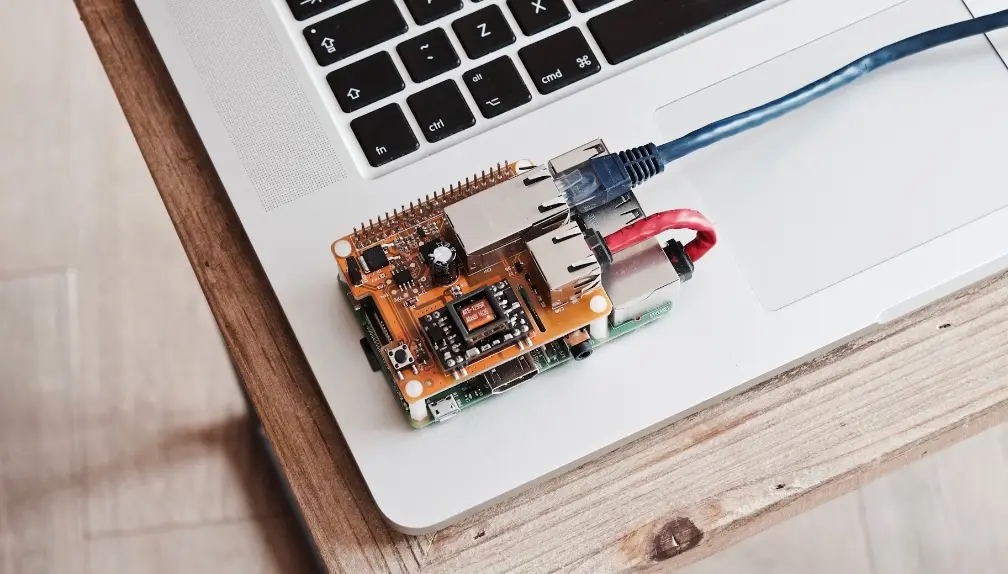 Is UL Certification Required in the USA?
Is UL Certification Required in the USA?
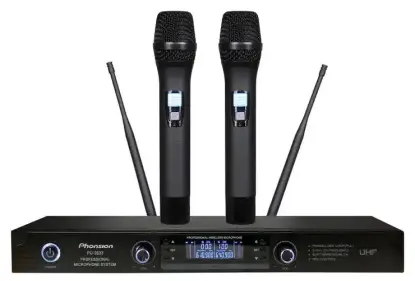 Wireless Microphone Export Certification
Wireless Microphone Export Certification
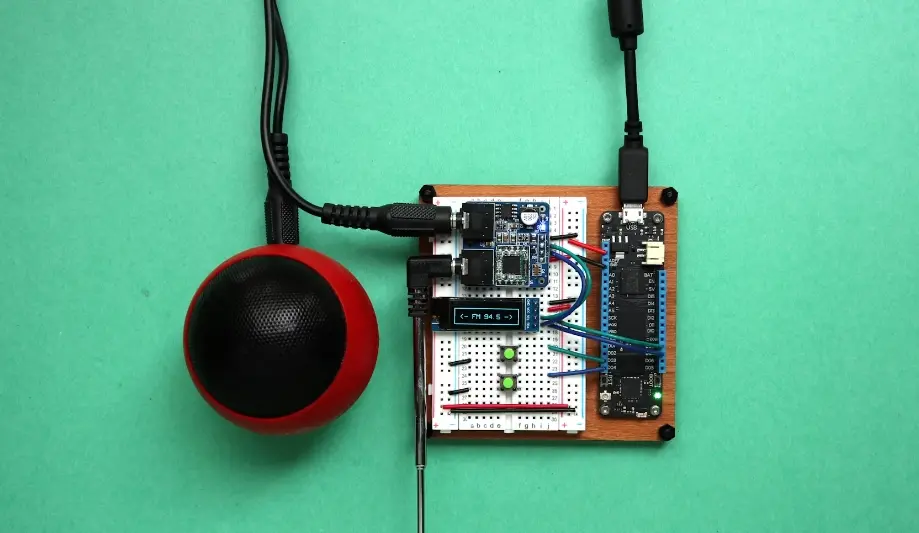 Audio-Visual Products SNI Certification in Indones
Audio-Visual Products SNI Certification in Indones
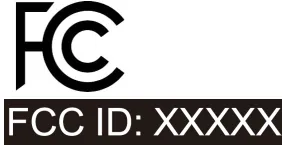 FCC-ID: Still Needed if Module is Certified?
FCC-ID: Still Needed if Module is Certified?
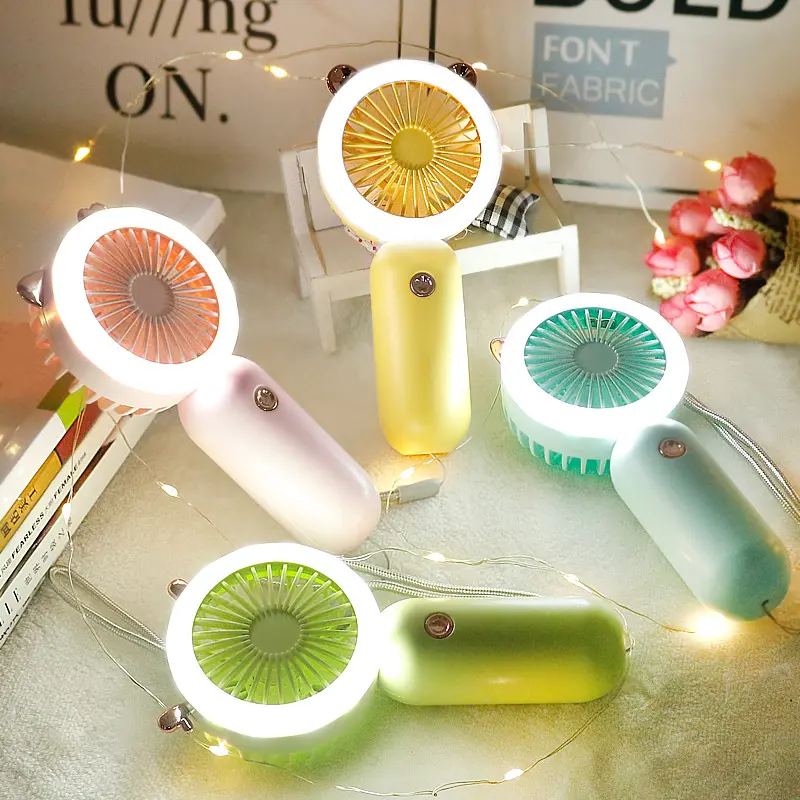 FCC Certification Fees for Handheld Fans
FCC Certification Fees for Handheld Fans
 FCC Certification Testing for Smart Lighting Produ
FCC Certification Testing for Smart Lighting Produ
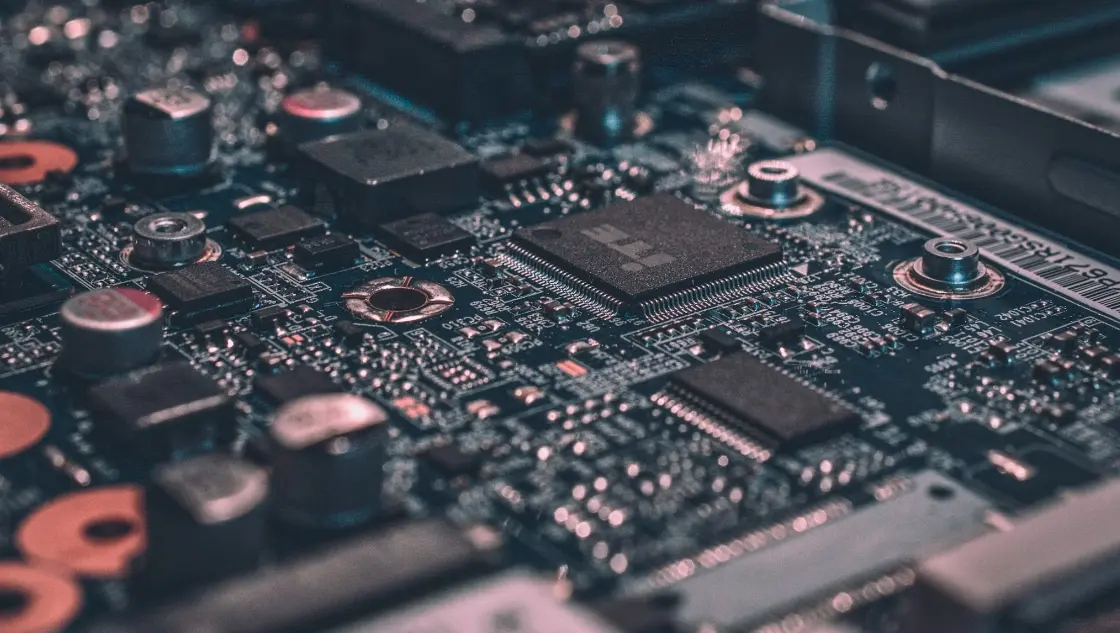 What is the ETSI EN 303 645 Testing Standard?
What is the ETSI EN 303 645 Testing Standard?
Leave us a message
24-hour online customer service at any time to respond, so that you worry!




